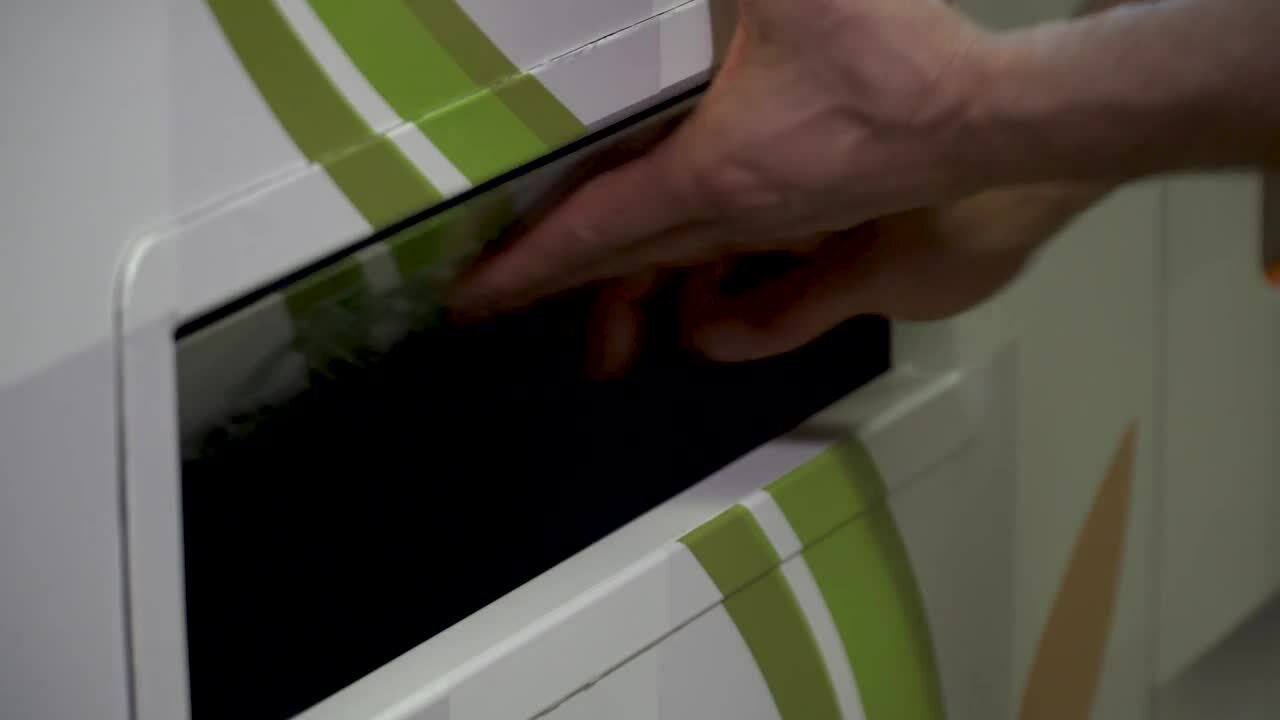
It’s back to school time, and kids seem as though they’re hungrier than ever! They want lunches packed to the brim with tasty fare and food on tap from the minute they get home. You want to keep them filled up with good things, but some eaters can be picky. How can you get them to eat more fruits and veggies? Here’s why it matters and a few ways to do it.
How Important Is It?
The Office of Disease Prevention and Health Promotion recommends children between the ages of 2 and 6 eat three servings of vegetables and two servings of fruit. For older children and teens, they recommend four or five servings of veggies and three servings of fruit daily.
That seems like a lot, but there are several benefits to getting the full amount. Here are the most compelling.
- Better nutrition – Fruits and vegetables provide vitamins, minerals, and other nutrients not found in other foods. Vitamin C boosts immunity, vitamin A improves eye health, and spinach provides iron.
- Lower risk of obesity – As the obesity epidemic is on the rise, nutrition in the early years becomes even more important. Fruits and vegetables are full of fiber, which makes kids feel full longer. They also contain fewer calories for their bulk.
- Better digestive health – High-fiber foods relieve constipation and help the digestive system work efficiently.
- Better academic performance – The Journal of School Health found kids with healthy diets did better on tests than other children did. Good nutrition helps kids learn.
Pack Healthy School Lunches
If you’re going to get in all those servings of fruits and vegetables, some of them will have to be in their school lunches Packing lunch is a tricky thing. What kids eat doesn’t just depend on their tastes and your budget. What their peers think often impacts what they choose to eat.
Just because they eat celery sticks at home doesn’t mean they’ll do it when the cool kids see it and shake their heads. The good news is that eating healthy is experiencing a surge of popularity, even at the elementary level.
Kids love packaged chips and sugary snacks, but they also recognize healthy food takes time to prepare, and time is a luxury many family don’t have. Students admit to being impressed when classmates bring healthy food that is creatively prepared. Here’s how to pack fruits and vegetables your kids will actually eat.
- Start with a cool container. A bento box or other container with sections keeps food separate. Pineapple chunks don’t make bread or pretzels soggy and fruit juice doesn’t get on things it shouldn’t. Boxes with sections let you pack them full of colorful choices, so when your child pops the lid it seems to overflow with goodness.
- Fill each section with variety. Put a handful of blueberries in one section and cherry tomatoes in another. Cut their sandwich into shapes with cookie cutters for a touch of playfulness.
- Encourage playing with their food. Most the things you pack will be finger foods. Encourage interaction when you prepare them. Put grapes in a snack sized zipper bag and use a wooden clothespin to pinch the bag into two sections. Decorate the clothespin so the whole thing looks like a butterfly. Cut an apple into eighths and use a stick pretzel mast to turn them into boats.
- Turn up the crunch. Kids love noise. You emphasize table manners at home, but in the cafeteria, they’re going to be silly. Use that to your advantage by challenging them to see which veggie crunches the loudest. Then send carrots, celery with light ranch, or apple wedges. Before long, their friends will want in on the crunch contest too.
- Create colorful skewers. Don’t limit yourself to a sandwich for the main entrée. Use toothpicks to create colorful kebabs with sliced meat, cheese, cherry tomatoes, grapes, and bell peppers. Pack them on top of a lettuce leaf so the colors really pop.
- Put it in a thermos. Send 100 percent fruit and vegetable juices in an insulated bottle. When the weather cools, use your slow cooker to turn protein and veggies into a savory stew that feels like a hug from home.
Healthy Snacks for All
You prioritize healthy eating, but not all kids have that option. Most schools have vending machines kids can access for extra food. Talk to your school about packing them full of healthy choices. Here are some options that work in vending machines.
- Black bean or lentil chips
- Packaged apple wedges with peanut butter
- All-natural fruit strips
- Almonds
- Dried bananas
- All-natural granola bars
Naturals2Go provides vending machines packed full of healthy options. If your school doesn’t offer good snack choices, consider putting one in. Naturals2Go gives kids some healthy food and puts money in your pocket.
Our best-in-class vending machine equipment and high-quality support make it easy to make a difference and earn supplemental income. Contact us today to learn more about starting your own business.

 SBA Approved and Recommended
Veteran Friendly
SBA Approved and Recommended
Veteran Friendly


